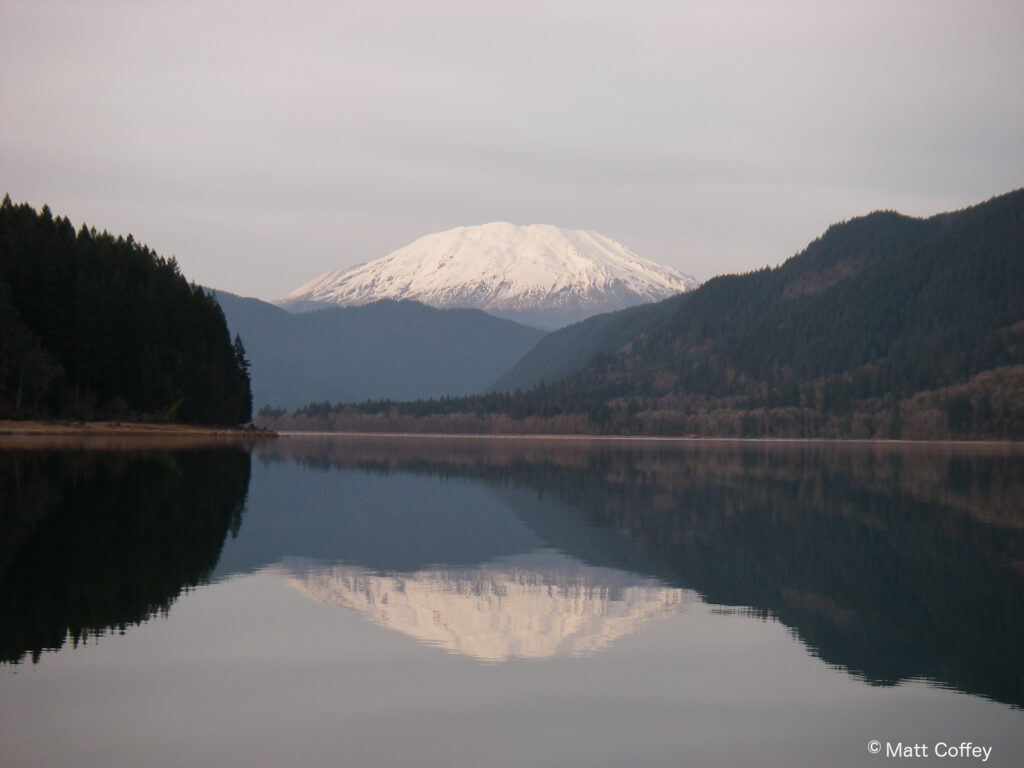
Yale Lake came to life in 1953 with the completion of Yale Dam by Pacificorp. The main, earth-fill dam stands 323 feet high, its dual turbines providing 134 megawatts of electricity for the northwest. The dam and reservoir are the second of three hydropower projects that harness the Lewis River as it flows from Mt. Adams to the Columbia River. The Yale project actually consists of two separate dams. Yale Dam itself performs both the bulk of the water retention and power production duties for the reservoir. It is assisted by Saddle Dam, a low earth-fill levee that protects low ground immediately northwest of the main dam.
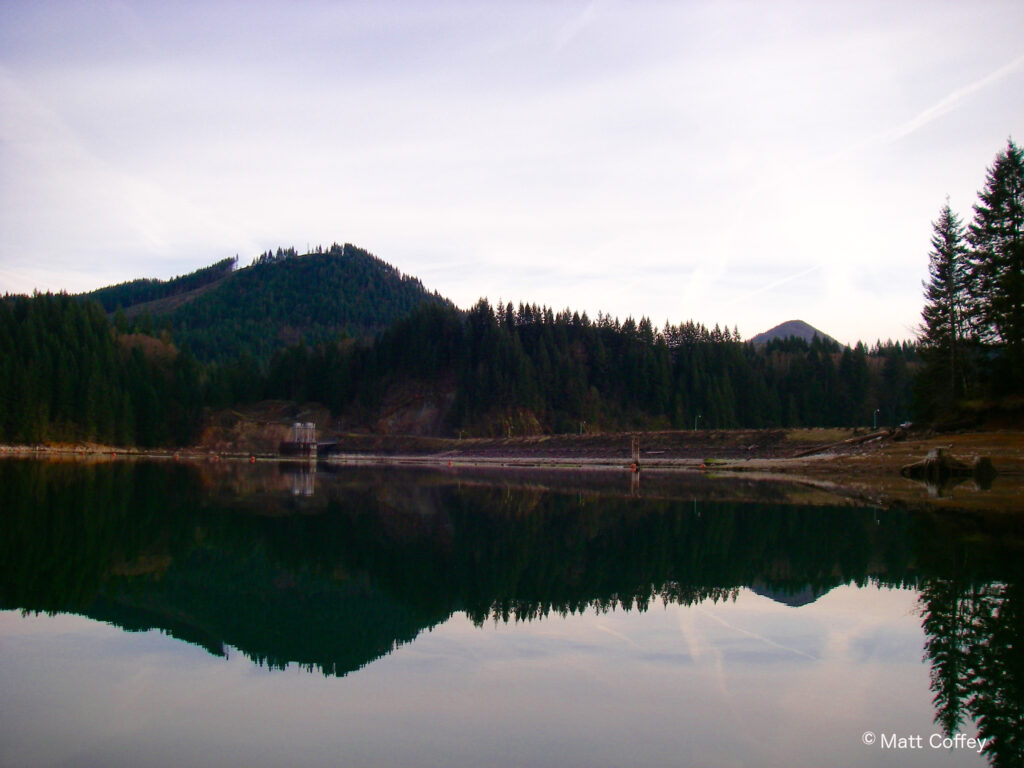
Yale Lake’s surface covers an average of 3,780 acres. Those acres experience very high use during the warm seasons. Easy access boat launches at Saddle Dam, Yale Park, Cougar Camp, and Beaver Bay attract droves of water skiers, fishermen, and party boats seeking summer recreation on the lake. Of these launches, only Yale Park remains open during the winter months, providing mid-lake access to dedicated Kokanee aficionados. Cougar Camp and Beaver Bay are both combination boat launch and sprawling car camp locations that sit side-by-side at the upper end of Yale Lake, just past the town of Cougar. Akin to the cluster of boat traffic on the water surface, summer recreationalists seasonally engorge both Cougar Camp and Beaver Bay with cars, RV’s, and campfires.
Thus, ironically, the cool months of late winter and early spring are the best time to experience the unsullied diurnal pulse of Yale Lake. The lake, sans-man allows, a clarifying quiet, an opportunity for the complexity of nature’s subtle patterns to rise to the surface of your perception without the obscuring turbidity of humanity’s buzz and boisterousness. Just a few minutes paddle west, away from a closed, deserted, and silent Beaver Bay, brought a calm, winter experience of Yale Lake. A small island adjacent the campground separates the river’s main channel from a slough which rejoins the river’s flow during high water. Along the island’s shore, old tree stumps from a past logging era dot the transition from river bed to sandy beaches. Safe from the pressure to negotiate boat bows and their subsequent wakes, the exploratory winter paddler can enjoy the space to pause and note how the deceptively fresh-looking stumps, preserved by the flooding of the dammed Lewis, juxtapose the pristine facade of a man-made reservoir.
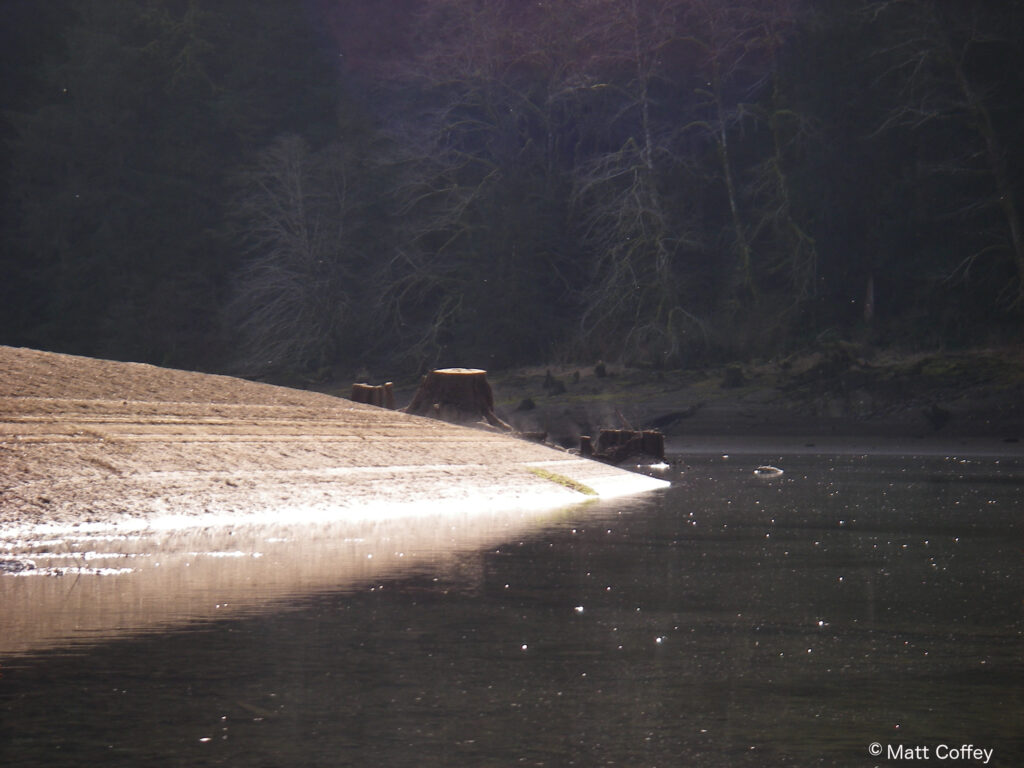
The preferred campsite on Yale requires a four mile paddle from Beaver Bay. Laying across the lake, and just a tad southeast, from the boat launch at Yale Park, a sand spit stretches west into the reservoir from its eastern shore. A strong paddling effort will make short work of the miles between Beaver Bay and the spit. Quickly set camp upon arrival, and then take some time to be still, observe, and listen. Free from the rip and whine of motors, the ebullient shouts of summer recreationalists, and the crash of boat waves, Yale returns to natural patterns. A pair of geese synchronize a gentle splashdown on the lake surface nearby. Cow elk, beginning their evening movement, call to their kin with yelping mews. Rising fish percolate the mirrored lake’s surface. A fascinating, yet subdued cacophony, to any who notice. The frenetic summer season is decidedly Dionysian, best for those who pursue an internal feeling. Winter is for the curious, we who are enthralled by the world at large.
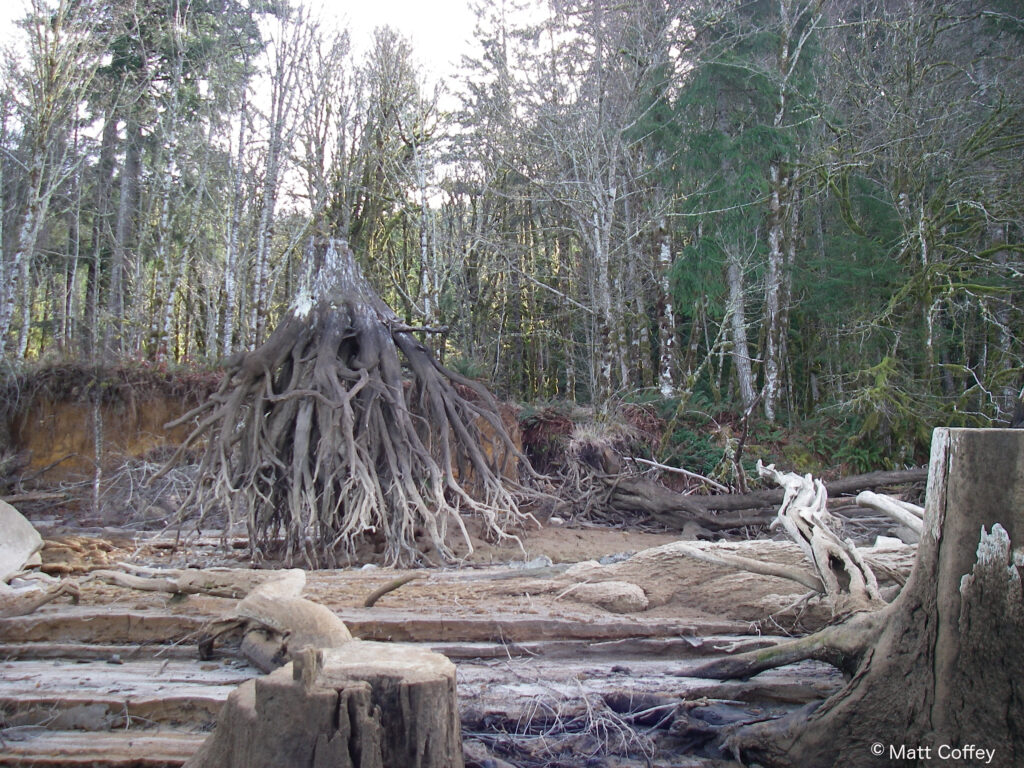
A few minute walk east from the sand spit sits the IP10 road. Beautifully sequestered, now, from motors and the hordes they deliver, the IP10 is slowly transforming from a well trod, retired, logging mainline road, to an idyllic, decaying footpath. Subject to the relentless reduction brought by high rainfall and a temperate climate, the IP10 is slowly yielding to the unending upswell of robust flora and the merciless seasonal burst of powerful drainages. The result is a progressively enveloping, emerald tunnel of trees, ferns, moss and disappearing asphalt. A brief ten minute walk from the sand spit camp to the IP10 along an old spur road replaces the pleasant aquatic vistas of Yale with the sun-filtered, micro-clime of southwest Washington’s faux temperate rainforest. Relentless water flows, big and small, create a continuous acoustical backdrop. Moss, alder, and ferns reach into a roadway that once supported the backbone of our local timber economy. On the IP10, akin to the apparent volcanic desolation a few miles northeast, life is reclaiming the land.

The Siouxon is the jewel of Yale. The Siouxon, a steep, wet, tangled mess of rock summits, thick forests, elk, clearcuts, and waterfalls, is an archetypical example of the south Washington Cascades. A roadless area whose slopes, vine maple, and loose topsoil punish any who explore off its smattering circle of trails. This lush, wet region provides ample exploration opportunities for those willing to work. Siouxon creek defines the Siouxon. Pulling water from over a dozen separate alpine peaks, Siouxon Creek drains a large swath of land east of Yale lake. From its headwaters north of Trapper Creek Wilderness, the Siouxon builds from a seasonal trickle to a pounding, waterfall infused, mountain power. By paddle, one can experience the last efforts of the Siouxon as it gently flows to meet the Yale. Seen from Yale’s waterline, the Siouxon appears as a gate into the rugged Cascades. One can easily paddle the mile or so upstream until rapids and rushing water prevent further progress. Along the way, the twisted rock of the shoreline testifies to the area’s recent, violent, volcanic genesis. Conversely, fish rise, ducks fly, and salamanders ply the water that moves the nutrients, both organic and mineral, that sustain such a rich biome. The Siouxon displays the contrast, always seen throughout the Mt. St. Helens region, of life emerging from the volcanism of our area.


The usual cautionary note is in order. Winter is not an easy season to seek the Yale. Closed ramps necessitate portage. Access parking is at your own risk. It could be cold out. As with all efforts to immerse in nature, endurance and perseverance are the price. The reward, though, of removing man, is to move a step closer to first things.

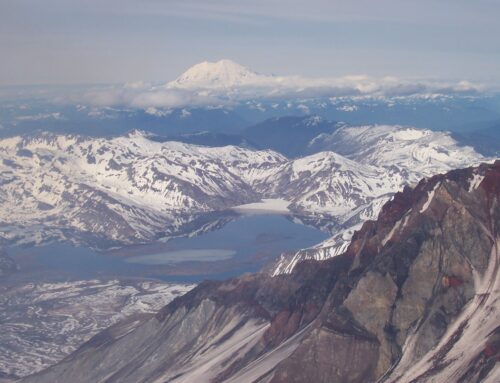
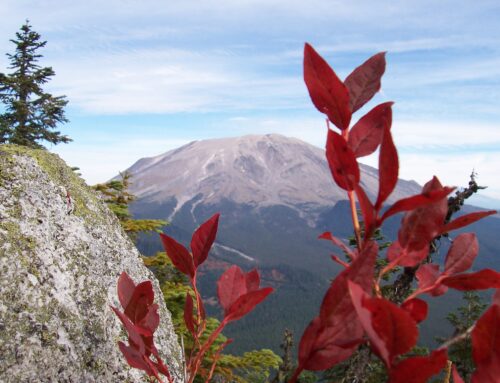
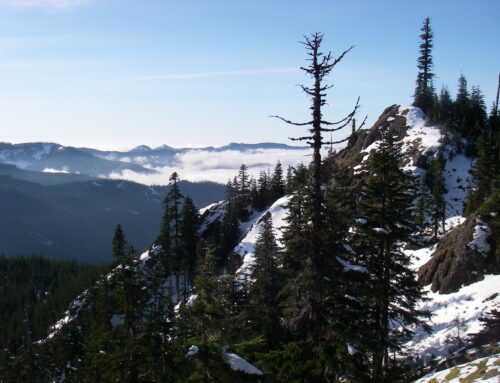
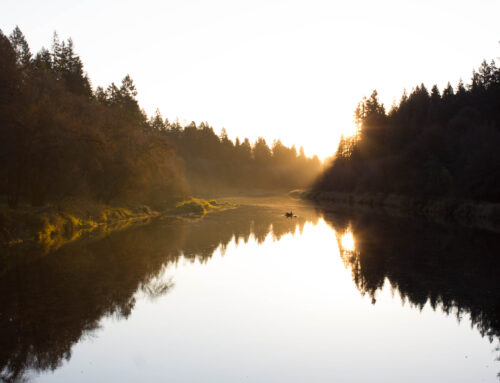

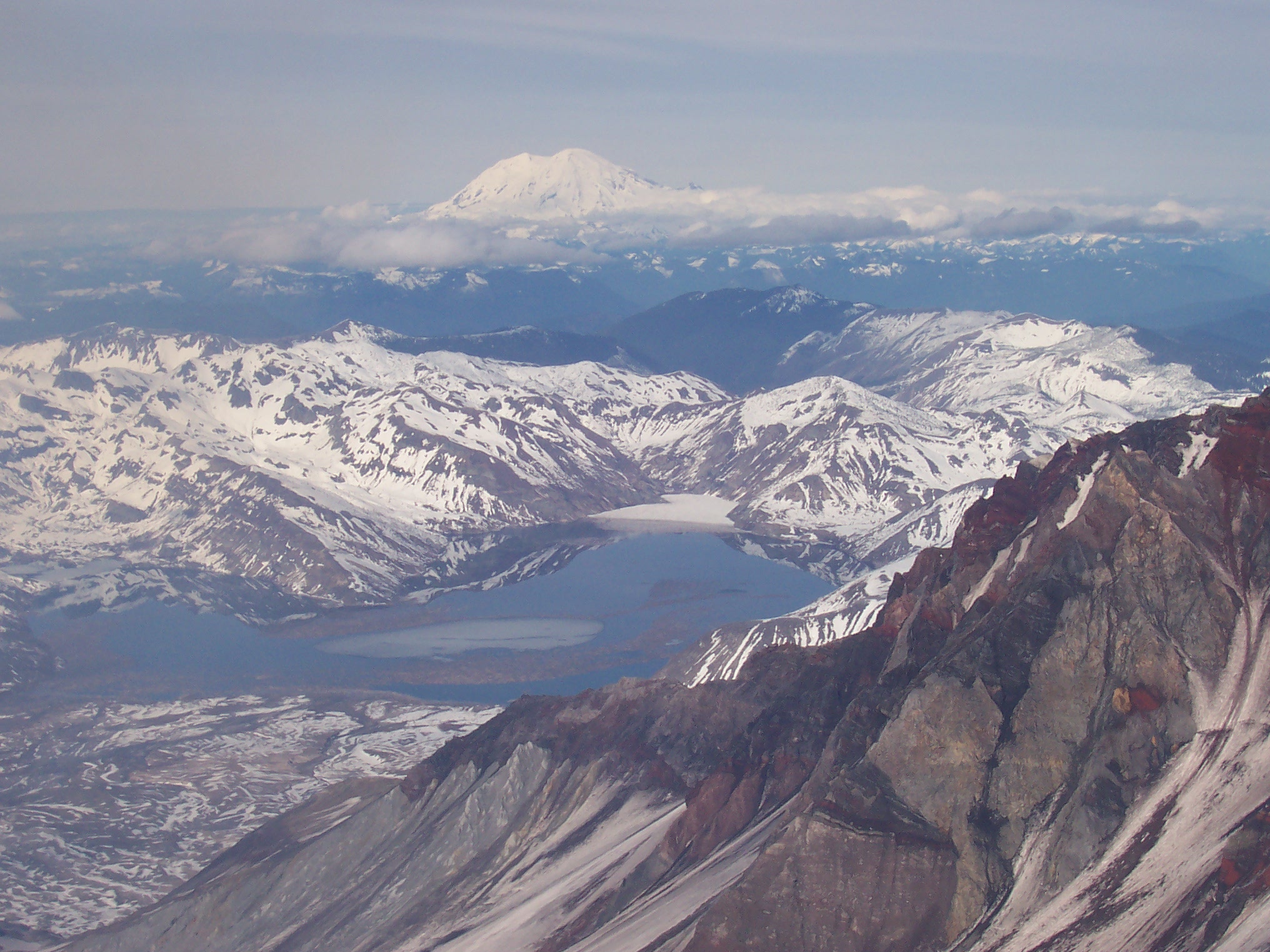
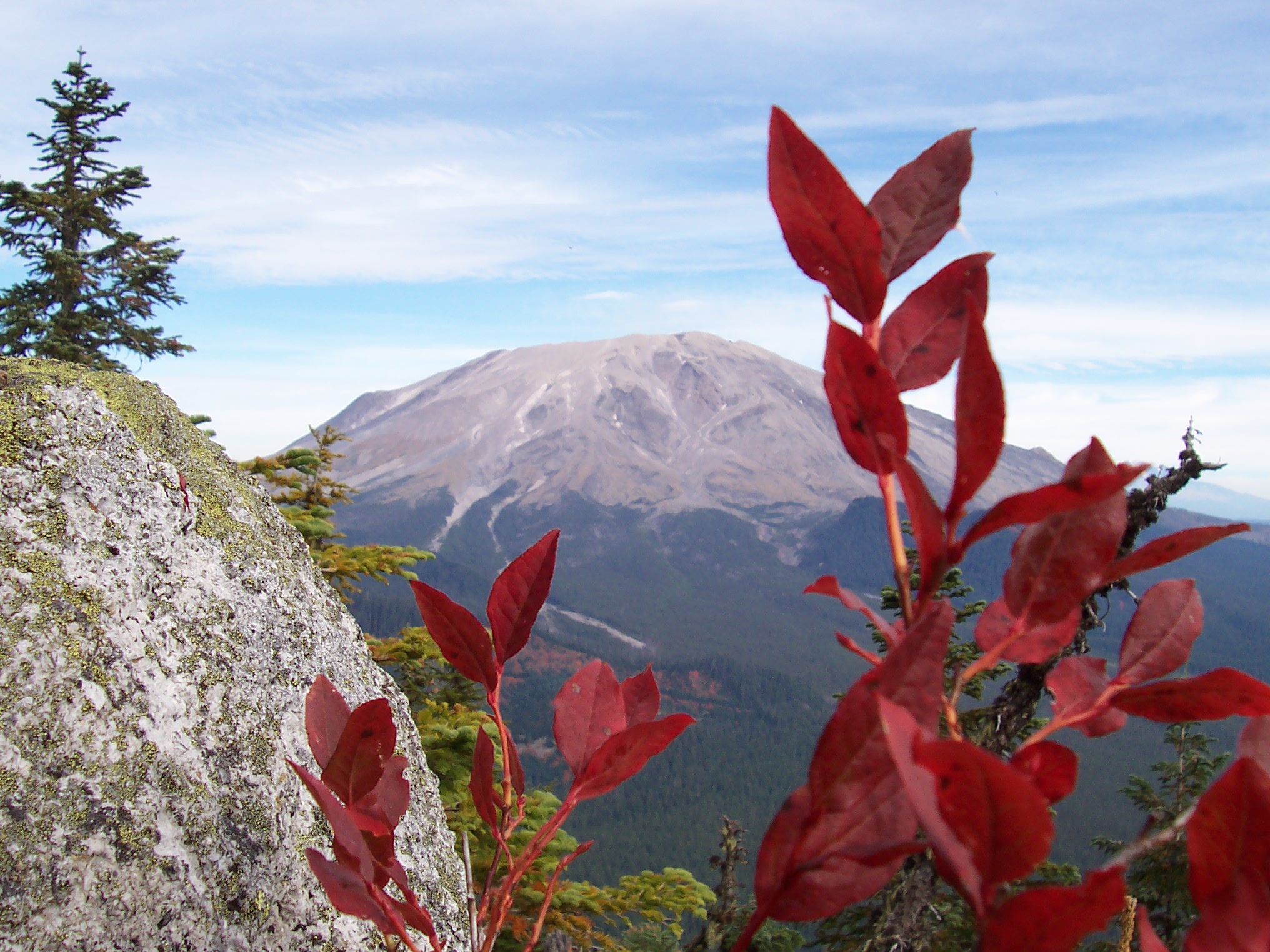
Leave A Comment